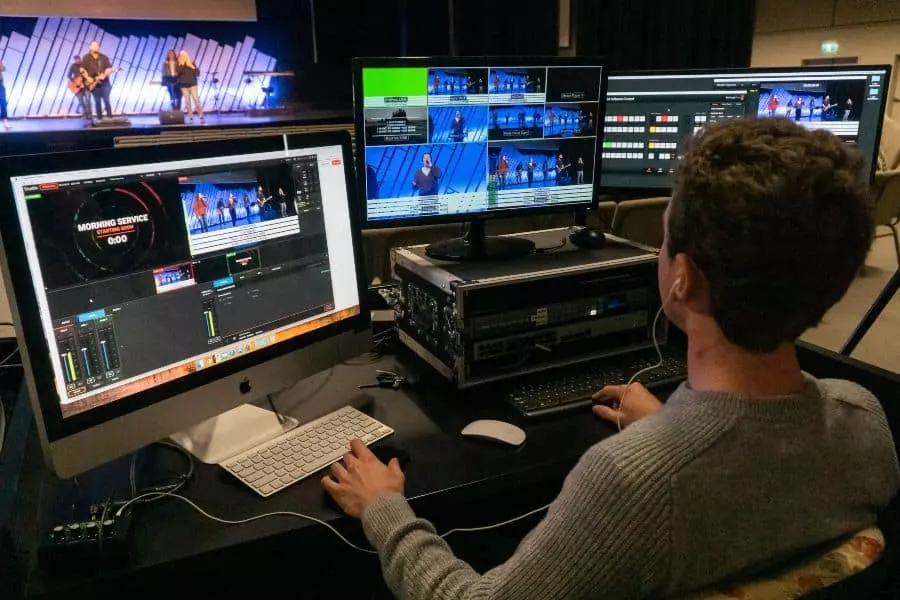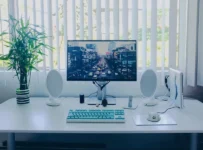
Video editing is a difficult job, so many users decide to delegate it to video editing services. Things get worse when dealing with these technical difficulties while editing.
Videos With No Audio
If you are editing videos and the audio is not being played on your timeline, here is what you can do to troubleshoot the issue.
- Check if the audio in your video is muted.
- Check if the volume of your track has been adjusted.
- Check if the audio settings are appropriate for your video.
- Check if there are issues with the format of the audio source.
- Check if there are issues with the compatibility of the audio source.
Sometimes, we find no sync between our video and its associated audio in movie maker or any other tool we use to edit videos. There could be several reasons for such an occurrence.
Poor Video Quality
Here are the common reasons why you might get poor video quality.
- Low Video Resolution: This is one of the most common problems you can face when editing a video. In this, the quality of your video is not good, and it does not give you the expected effects.
- Bad Camera Resolution: You may also have a poor camera resolution for your video. Your camera may be able to record videos at 1080p or 720p, but you want to get a higher resolution than that.
- Bad Video Lighting: If you are shooting in a dimly lit area, there will be some noise in your video that can affect the final quality of the video.
- Poor Video Quality due to low Video Quality: Many people use their phones to shoot videos. These phones do not provide good video quality. When you try to edit these videos, they look blurry and pixelated because they were shot with a bad resolution camera or there was too much noise because they were shot in dimly lit areas.
- Noise in the Video: Some types of cameras produce grainy pictures even if they have good lighting conditions around them. When this happens, there will be more noise in your final edited video than usual, and it will look very unprofessional if it is not handled properly during the post-production process like adding filters.
Wrong Video Formats
Video format describes two different things: video codecs and video containers. Codecs are used to compress and decompress video data, while containers are used to store various types of media, including audio and video.
Codecs compress large video files into smaller ones that retain their quality. In the compression process, an encoder will make certain parts of the file more difficult for a decoder to handle than others. That means that some parts of the file will be compressed more than others based on importance.
A container is a wrapper that includes video and audio data and metadata such as subtitles or chapter information. Containers store this data in a specific way so decoders can extract it properly for playback. They also tell players what kind of coding is used for each stream.
No Platform-compatibility
You’ve been editing your video for hours and now it is ready to upload, right? Wrong. You have no idea what platform you’re going to use. Will your project end up on Facebook or Instagram? Or is it more of a YouTube kind of video? The important thing here is that you ensure that the platform you choose supports the file type your video has been saved in. If not, you will need to convert the file type. Here are some common platforms and their supported formats:
- Facebook: .MOV, .MPEG4, MP4, .AVI, .WMV, 3GPP and WebM
- Instagram: MP4 (H.264)
- YouTube: MOV and MP4 files with an H.264 codec
Misspelling In The Captions Or Subtitles
If you are a video editor, misspelling in captions and subtitles is one of the most common technical difficulties you can face. It will not just affect the credibility of the content but also your credibility as a good video editor.
Misspelling captions or subtitles will create a negative impact on the viewer’s mind about the entire video content. For example, suppose an academic youtube channel has made a video. There are spelling mistakes in both captions and subtitles. Most viewers may likely perceive this as a lack of seriousness from the makers. The viewers will feel that there is no quality check at all before uploading videos on youtube.
You can also opt for BIGVU’s automatic captions if you are using the BIGVU teleprompter app. The app inserts auto-captions and also helps synchronize the text scrolling speed. So, you do not have to use a separate video editor to do all these.
Incorrect Text Scrolling Speed
Another common problem people face while editing videos is incorrect text scrolling speed.
You can fix this by adjusting the scrolling speed in the video editor. The scrolling speed should be fast enough to capture your viewer’s attention and slow enough to allow them to read the text without too much difficulty. An easy fix would be to use BIGVU’s auto-captions feature to rectify the speed.
Unsynchronized Audio
Sometimes, you will realize that the audio is not in sync with the video. Check if this issue was because of a file format problem. You can then check and adjust the audio settings on your video editing software. If you are using an online video editor and have issues, you should ensure that you have downloaded the latest version of your browser or software (if available).
If you are unable to determine what is causing this problem, it could be because of how your device plays videos (check its specifications), or because of low internet bandwidth. Before editing a video, make sure that both the original and edited videos are saved in a compatible format for easy access and export whenever necessary.
Incorrect Timings Of Captions And Subtitles
If you use certain software to caption or subtitle your videos, you may encounter some problems. Incorrect timings of captions and subtitles are among the most common issues with captioning and subtitling software.
Even though you might think that automatic captioning software will be accurate and flawless, both AI-based technologies and human transcribers can make mistakes in their captioning and subtitling jobs.
To avoid incorrect timings, proofread your captions carefully before publishing them online. You can also consult the guidelines for the timing of captions to make sure that the time code for each caption is correct and consistent with the rest of the video text.
These technical troubles are common. However, you might come across more issues as you edit your videos. In such situations, stay calm, and look for a fix online. We too will keep you posted on such issues in our future articles.


